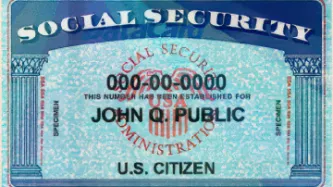Search
Content type: Examples
In 2018 a report from the Royal United Services Institute found that UK police were testing automated facial recognition, crime location prediction, and decision-making systems but offering little transparency in evaluating them. An automated facial recognition system trialled by the South Wales Police incorrectly identified 2,279 of 2,470 potential matches. In London, where the Metropolitan Police used facial recognition systems at the Notting Hill Carnival, in 2017 the system was wrong 98% of…
Content type: News & Analysis
Taylor Swift may be tracking you, particularly if you were at her Rose Bowl show in May.
According to an article published by Vanity Fair, at Swift’s concert at the California stadium, fans were drawn to a kiosk where they could watch rehearsal clips. At the same time – and without their knowledge - facial-recognition cameras were scanning them, and the scans were then reportedly sent to a “command post” in Nashville, where they were compared to photos of people who are known…
Content type: Examples
The Japanese electronics giant NEC introduced one of its facial recognition systems for the first time in a sports arena in Colombia. The soccer stadium in Medellin has a capacity of 45,000 people and occasionally suffers from hooligans. The operator of the arena takes photos of such hooligans when they are detained, and has compiled a "blacklist" so they can be identified if they return to the stadium. NEC's facial recognition systems are in place in about 40 countries.
Writer: Jiro Yoshino…
Content type: Examples
In 2015, a series of interviews with Moshe Greenshpan, the founder and CEO of the Israeli company Skakash, revealed the existence of the company's facial recognition software Churchix. The software is intended to help churches keep track of who attends services and other events by matching reference photos provided by new congregants to images captured on cameras within the church. Greenshpan claimed that an added benefit is to enable churches to identify criminals and sex offenders by adding…
Content type: Impact Case Study
What happenedSince the late 1980s governments across the world have been trying to build identity registries. By the early 1990s, there were similar policies being pursued by a number of governments across the Pacific region, with similar technologies from the same companies. In the mid-90s ID cards became a ‘modern’ policy, implementing smart cards. By 9/11 biometric IDs became the preferred solution to undefinable problems. Then came vast databases of biometrics to identify people — with…




